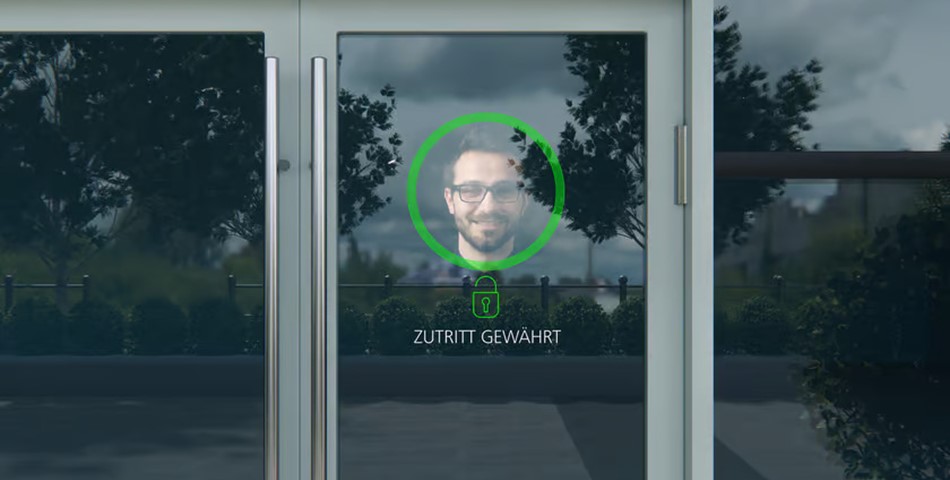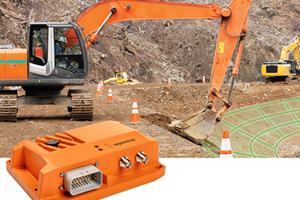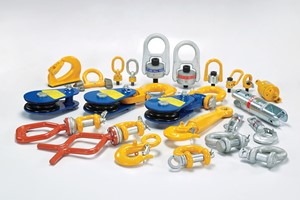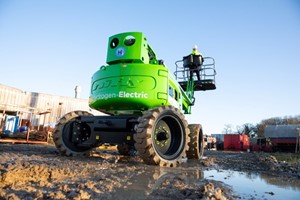German optics powerhouse Zeiss is gearing up for its appearance at CES, where it will unveil its groundbreaking Multifunctional Smart Glass technology. This cutting-edge innovation has the capability to project "holographic" and augmented-reality content onto transparent surfaces, finding applications in head-up displays for cars, 3D control elements in smart homes, and even incorporating a transparent videocam within glass panels.
Having initially disclosed the development in 2019, Zeiss demonstrated its maturity last year through augmented-reality head-up displays in aircraft cockpits. Now, the company is aggressively expanding into the automotive sector, with plans outlined during IAA Mobility 2023. Zeiss is currently striving for mass production, with VP Roman Kleindienst deeming it a "Gutenberg moment for holography."
At the core of this groundbreaking technology lies a thin polymer film capable of transforming any glass surface, from building windows to vehicle side windows, into an on-demand screen for communications. Remarkably, the film boasts over 92 percent transparency and incorporates "ultra-high-precision optics," seamlessly integrating projection, detection, illumination, and filtering.
Zeiss's presentation at CES will showcase augmented-reality HUDs designed for car drivers, hinting at the possibility of extending content display, including videos, to side and rear windows. This opens avenues for hosting Car2X communications, blacking out window glass, or selectively displaying projected text and images visible only from the inside or outside. The company also envisions "new levels of design freedom" with "holographic" brake lighting.
A particularly intriguing application is the holocam, which employs innovative elements for light coupling, decoupling, and guidance to redirect incident light to a concealed sensor. This could eliminate the need for punch holes or notches for cameras and sensors, potentially allowing videocams to be positioned in the middle of a display with minimal impact on image brilliance. The setup can also expand to gather environmental data, such as air pollution and UV exposure.
Beyond automotive applications, Zeiss envisions floating switches activated by gestures or voice commands, initiating holographic control elements on flat surfaces in vehicles or smart homes. Additionally, windowpanes could serve as adjustable ambient lighting, and the micro-optical layer in glass surfaces could harness sunlight to channel energy to hidden solar cells.
Notably, Zeiss is positioning itself as a system provider to original equipment manufacturers (OEMs), offering industrial-scale replication of holograms as transparent layers. The company aims to empower manufacturers or suppliers seeking to enhance their products with new functions. Zeiss will unveil its industrial solutions at CES 2024 in the Las Vegas Convention Center West Hall, opening to the public on January 9.
By Paul Ridden












